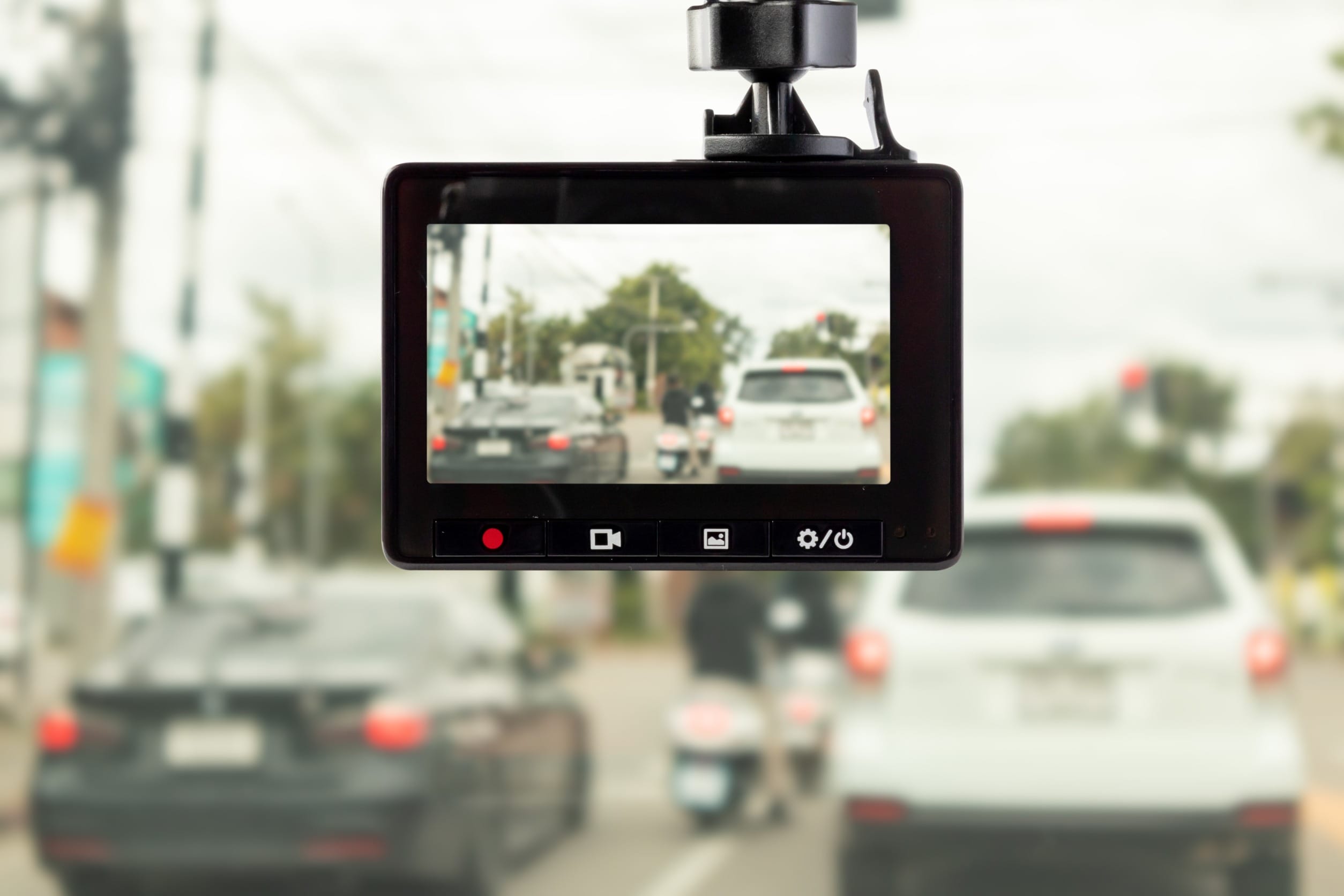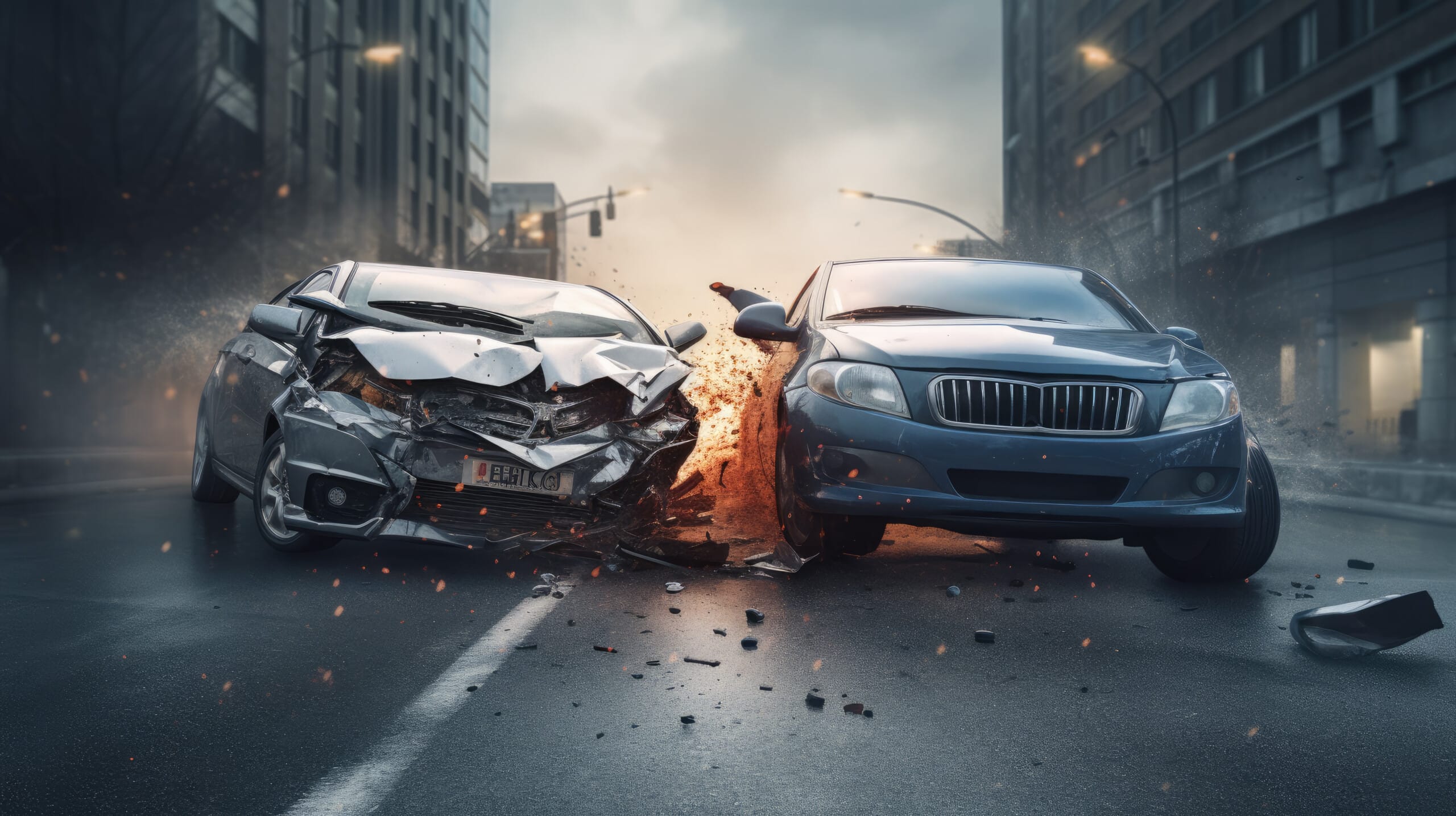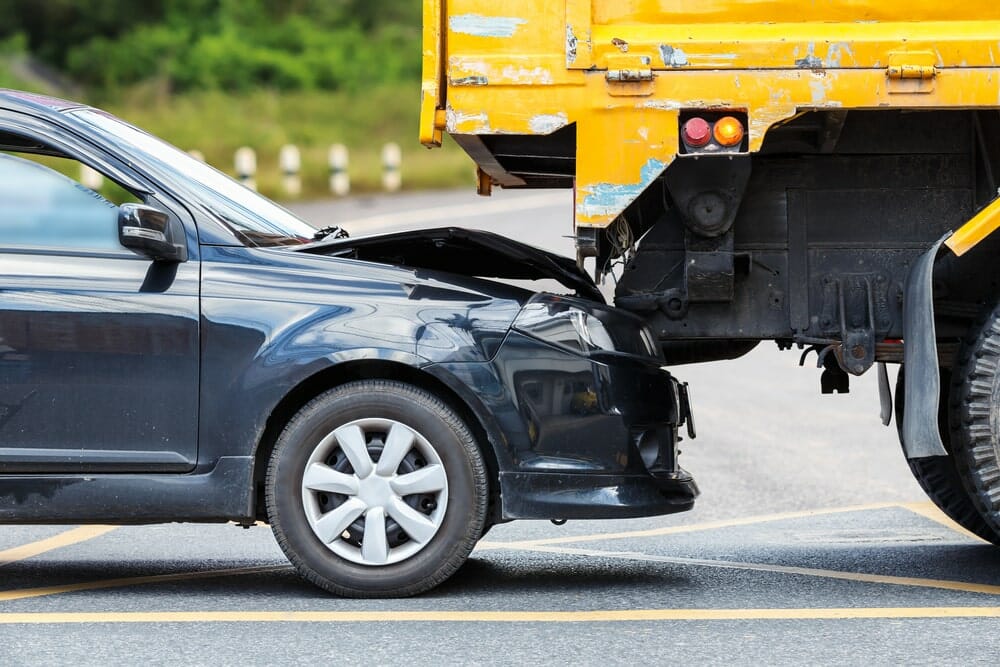Getting into a car accident is never a pleasant experience. However, one potential silver lining when it comes to Uber accidents is the possibility of receiving higher compensation for injuries. When accidents involve Uber vehicles or occur while riding in an Uber, the likelihood of a more substantial settlement is increased, especially if the company’s insurance policy covers your claim.
What are the consequences if you are involved in an accident while riding in an Uber?
What occurs in the event of an accident involving your Uber ride? The determination of liability for Uber accident claims hinges on multiple factors. Additionally, the availability of compensation if you were involved in an accident while riding in an Uber vehicle is contingent upon insurance coverage. The following rules apply:
- If the responsible driver happened to be an Uber driver waiting for a ride request, Uber provides liability coverage amounting to $50,000 per person, $100,000 per accident, and an additional $25,000 for property damage.
- If the responsible driver happened to be an Uber driver en route to pick up a passenger, or if they already had a passenger in their vehicle (including yourself), the liability insurance coverage escalates to $1,000,000, accompanied by certain additional advantages.
- In the event that the $1,000,000 limit is applicable and an accident is caused by another driver, you have the option to file a claim against the driver at fault. It is important to note that the at-fault driver may only have minimum insurance coverage, which in some states can be as low as $25,000 per person for bodily injury.
What to Do in Case of an Uber Accident
Whether you sustained injuries in an Uber accident or believe you emerged unscathed, take the following steps:
Report The Accident
If you are involved in an Uber accident, it is crucial to promptly report it to Uber. By doing so, you can take advantage of Uber’s comprehensive insurance policy benefits. Additionally, it is recommended to contact the police. Although a police report may not be admissible in court, it can serve as valuable leverage when negotiating with the insurance company.
Document The Accident
Capture photographs of the accident scene and meticulously document your perspective, as if crafting your own police report. Ensure you maintain records of any medical treatments received. In an accident claim, it is the evidence that determines liability in the case of an Uber accident.
Gather Information
Ensure you collect the names of all individuals involved in the accident, including drivers, injured parties, and witnesses. Additionally, gather their contact information. It is crucial to obtain the insurance details of the other driver as well.
Seek Medical Assistance
It is crucial to promptly seek a medical examination following the accident, and to do so again if any delayed symptoms arise. Failing to do so may provide the insurance company with an opportunity to argue that your injuries occurred after the accident.
Refuse Any Premature Settlement Offers
Following a serious accident, it is common to experience emotional distress and mental confusion. Unfortunately, the opposing party may try to exploit these vulnerabilities if given the chance. It is crucial to consider that once you accept a settlement, it becomes exceedingly difficult to retract your decision at a later time.
Contact a Car Accident Lawyer
An attorney specializing in Uber accidents has the expertise to negotiate a substantial settlement on your behalf. If needed, they can also file a lawsuit related to an Uber car accident. Your lawyer, above all, possesses the knowledge and experience to navigate the complexities of an Uber accident case.
Tips for Handling an Uber Accident
If you suffer a car accident in an Uber vehicle (as a passenger), observe the below tips:
- Even if you don’t intend to hire a lawyer, it’s wise to schedule a consultation with a car accident attorney. Such a consultation can offer invaluable insights and information to guide you in your situation.
- If you are involved in a car accident while riding in an Uber, be sure to obtain a copy of the police report.
- Submit a claim to the relevant insurance company and advocate for the prompt resolution of your claim.
- Do not accept anything less than the true value of your claim. If you are uncertain about the worth of your claim, it is advisable to seek legal counsel.
Always remember, claims do not enforce themselves. You must fight for your rights.
What Should You Know as a Passenger in an Uber Car Accident?
If you’re an Uber passenger involved in a car accident and you’ve sustained injuries, there are important things you should be aware of. You should know, for example, that:
- If you were injured as a passenger in an Uber accident, you are generally not held responsible, unless there are extremely rare and exceptional circumstances. Rest assured that in most cases, you are not liable for any injuries sustained.
- In the event of a rear-end accident, it is possible to sustain a soft-tissue injury like whiplash. It is crucial to seek prompt medical attention, regardless of whether you believe you have been injured or not. Your well-being should always be a top priority.
- It is recommended that you file a third-party claim for personal injury and property damage with the insurance company of the at-fault driver. Uber accident compensation should be substantial, as Uber insurance is certainly capable of providing adequate coverage.
What You Should Know as a Driver for an Uber Involved in a Car Accident
Uber provides coverage for car accidents involving drivers. In the event of an accident while driving for Uber, you may not be eligible for workers’ compensation. However, you can still file a claim for your own injuries and third-party liability by utilizing both your personal insurance policy and your Uber insurance policy.
The benefits differ depending on whether you were transporting an Uber passenger, en route to pick one up, or waiting for an assignment with your Uber app turned on.
Are Uber Drivers Required to Have Insurance?
Certainly! To comply with most state’s laws, it is important to maintain regular auto insurance coverage. Additionally, as an Uber driver, you are required to carry Uber supplemental coverage. Uber accident insurance provides substantial coverage; however, it only applies while you are on duty. In certain instances, Uber also provides coverage for your vehicle in case of an accident, sometimes up to the full value of the car (please note that a $1,000 deductible may apply).
Uber Accident Frequently Asked Questions (FAQs)
Can you drive for Uber after an accident?
Uncertainty prevails. Uber refrains from disclosing the criteria it employs to evaluate drivers involved in accidents. However, the likelihood of retaining your job hinges heavily on your comprehensive driving history.
Can you sue Uber if you get in an accident?
If you sustain injuries in an accident caused by an Uber driver, you have the option to pursue legal action against Uber’s insurance company. However, it is generally not possible to directly sue the company itself, except in certain circumstances such as when Uber negligently hired the driver.
How much are Uber accident settlement amounts?
The extent of your damages determines the coverage, up to the policy limits (e.g., $1,000,000 for Uber passengers). While medical expenses and lost wages are important considerations, pain and suffering damages are often overlooked despite being a significant component (potentially accounting for over 50% of your total claim).
Is Uber responsible for accidents?
Uber is not held directly accountable for accidents. However, the Uber insurance company bears financial responsibility within the limits of their policy. It’s important to note that Uber drivers are classified as independent contractors, not employees. As a result, Uber cannot be directly held responsible for any negligence on the part of their drivers.
Take Immediate Action to Secure Legal Assistance
If you were injured in an Uber accident that was someone else’s fault, you can secure generous compensation. Call Strong Law at 206-737-1421, or simply contact us online. We serve clients in Washington, Oregon, Utah, Idaho, Montana, Colorado, New Mexico, Oklahoma, Arkansas and Alaska.













